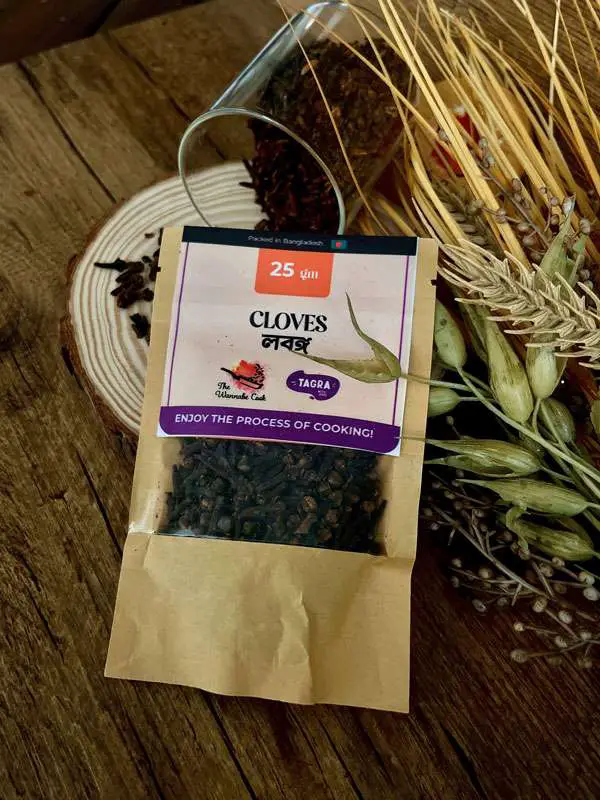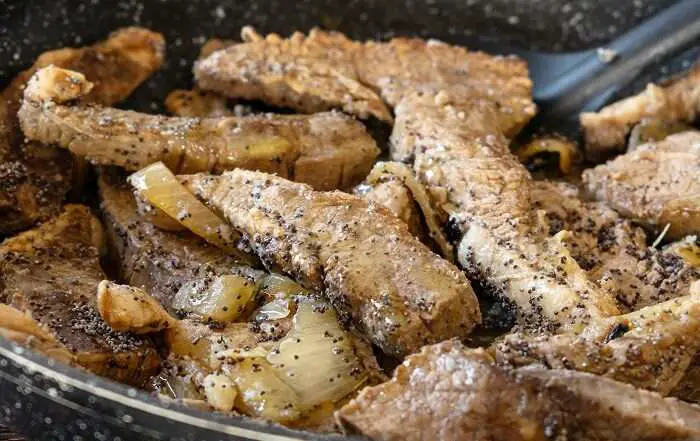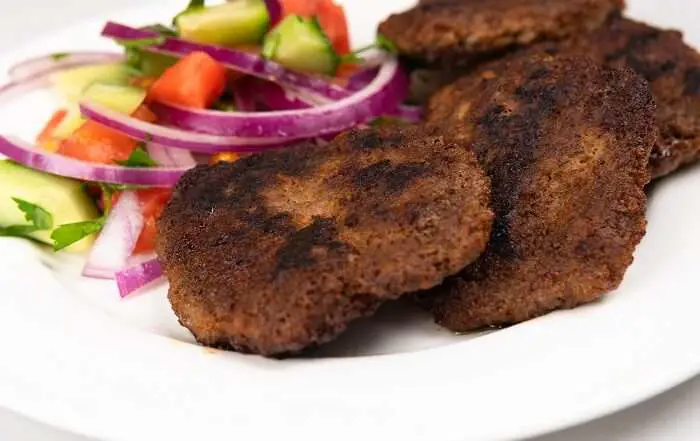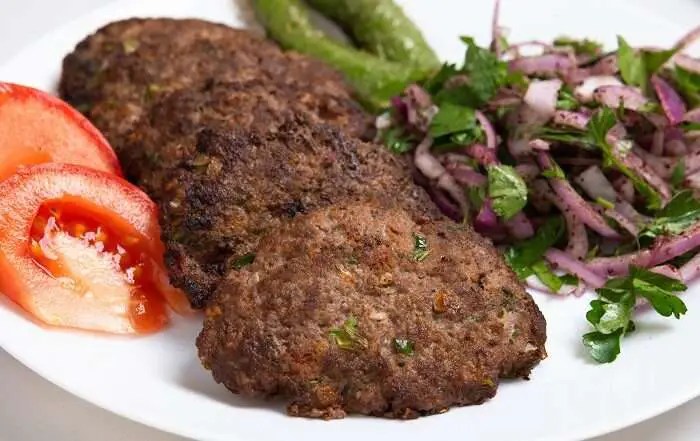Cloves come from the flower buds of an evergreen tree that is native to the North Moluccas Islands in Indonesia. Clove trees grow to about 26-40 feet and flower after about 6 years. The tree becomes fully mature in 20 years and can bear fruit for more than 80 years.
Here brief overview of their origin and history:
Geographic Origin: Cloves are native to the Maluku Islands in Indonesia, specifically the islands of Ternate, Tidore, and Bacan. These islands, historically known as the Spice Islands, were the only source of cloves for many centuries.
Easy Use: Cloves have a long history of use, dating back over 2,000 years. They were highly prized in ancient times, not only for their culinary uses but also for their medicinal properties.
Trade and Exploration: During the Middle Ages and the Renaissance, cloves were one of the most sought-after spices in Europe. They were extremely valuable and played a significant role in the Age of Exploration, driving European exploration and trade routes to the Spice Islands.
Cultivation: Initially, clove cultivation was tightly controlled by the Dutch East India Company, which held a monopoly on the spice trade in the 17th and 18th centuries. Later, clove cultivation spread to other tropical regions with suitable climates, such as Zanzibar, Madagascar, and parts of India.
Modern Production: Today, Indonesia remains the largest producer of cloves, followed by countries like Madagascar, Tanzania, Sri Lanka, and India. Cloves are grown primarily for their culinary uses, as well as for their essential oil, which is used in perfumes, soaps, and other products.
In summary, cloves have a rich history rooted in the Spice Islands of Indonesia and have been highly valued for centuries both for their culinary flavor and medicinal properties.
Health Benefits
Clove has been traditionally used not only as a spice but also for its medicinal properties. Here are some of the potential health benefits associated with cloves:
Antioxidant Properties: Cloves are rich in antioxidants such as phenols and flavonoids. These compounds help to neutralize harmful free radicals in the body, reducing oxidative stress and inflammation.
Anti-inflammatory Effects: Eugenol, a major component of clove oil, has been found to have anti-inflammatory properties. It can help reduce inflammation and associated symptoms in conditions like arthritis.
Antibacterial and Antifungal Properties: Clove oil and extracts have strong antimicrobial properties. They can help combat bacteria and fungi, making them useful for oral health, skin infections, and digestive issues caused by pathogens.
Dental Health: Clove oil is commonly used in dental care products due to its analgesic and antiseptic properties. It can help alleviate toothaches, reduce gum inflammation (gingivitis), and freshen breath.
Digestive Aid: Cloves are known to stimulate digestion and relieve flatulence and bloating. They can help in treating indigestion and gastrointestinal disorders.
Pain Relief: Clove oil is a natural analgesic and has been traditionally used to alleviate pain, especially toothaches and muscle aches. It can be applied topically or used in mouth rinses.
Respiratory Health: Clove oil vapors can act as an expectorant, loosening phlegm and mucus in the respiratory passages. This can help ease symptoms of coughs and colds.
Blood Sugar Regulation: Some studies suggest that cloves may help regulate blood sugar levels and improve insulin function, which could be beneficial for people with diabetes or at risk of developing diabetes.
Cardiovascular Health: Cloves may have beneficial effects on heart health by improving circulation, reducing blood pressure, and lowering cholesterol levels.
It’s important to note that while cloves offer potential health benefits, they should be consumed in moderation as part of a balanced diet. Clove oil should be used cautiously and in diluted form, as it can be strong and may cause skin irritation or other adverse effects if used improperly. As with any natural remedy, it’s advisable to consult with a healthcare professional before using cloves for medicinal purposes, especially if you have any underlying health conditions or are taking medications.
Fun Facts
Here are some fun and interesting facts about Cloves:
Origin and History: Cloves have been traded and used since ancient times. They were highly prized by the ancient Greeks and Romans and were one of the spices that drove European exploration during the Age of Discovery.
Botanical Source: Cloves come from the flower buds of the clove tree (Syzygium aromaticum), which is an evergreen tree native to the Maluku Islands in Indonesia. The buds are harvested before they open and then dried.
Etymology: The name “clove” is derived from the Latin word “clavus,” which means nail. This is due to the shape of the dried clove buds resembling small nails or tacks.
Spice Islands: Cloves were historically grown exclusively in the Spice Islands (Maluku Islands), which made them extremely valuable and contributed to the colonial powers’ interest in the region.
Traditional Uses: Besides culinary uses, cloves have been used for centuries in traditional medicine practices around the world. They were used to treat toothaches, digestive issues, respiratory problems, and more.
Highly Aromatic: Cloves are intensely aromatic due to the presence of essential oils, primarily eugenol. This aroma makes them a popular addition to both savory and sweet dishes, as well as to perfumes and cosmetics.
Cultural Significance: Cloves have cultural and religious significance in various cultures. They are often used in rituals, ceremonies, and even as a form of incense.
Medieval Currency: During the Middle Ages, cloves were so highly valued in Europe that they were used as a form of currency and were even given as gifts and dowries.
Modern Production: Today, Indonesia remains the largest producer of cloves, followed by countries like Madagascar, Tanzania, and Sri Lanka. Clove cultivation has spread to other tropical regions with suitable climates.
Culinary Uses: Cloves are a versatile spice used in both sweet and savory dishes. They are commonly found in spice blends like garam masala, pumpkin spice, and mulled wine mixes.
These fun facts highlight the rich history, cultural significance, and versatility of cloves beyond their culinary use.
Use of Cloves in Cooking
Cloves are a versatile spice that adds a distinctive flavor and aroma to both sweet and savory dishes. Here are some common uses of cloves in cooking:
Level 1: Using Cloves as Cold Remedy
Clove has been traditionally used in various cultures to alleviate symptoms associated with colds and respiratory ailments. Here are some ways clove is used for this purpose:
Clove Tea: Clove tea is a common remedy for colds and flu-like symptoms. To make clove tea, simmer a few whole cloves in hot water for several minutes. Optionally, you can add other ingredients like ginger, cinnamon, or honey for additional flavor and soothing properties. Drinking clove tea can help alleviate sore throat, congestion, and cough.
Steam Inhalation: Adding a few drops of clove essential oil to a bowl of hot water and inhaling the steam can help clear nasal passages and relieve congestion. The antimicrobial properties of clove oil may also help fight respiratory infections.
Clove Oil Massage: Diluted clove essential oil can be used in a chest rub or massage oil to relieve chest congestion and cough. Mix a few drops of clove oil with a carrier oil (like coconut oil or almond oil) and gently massage onto the chest and throat area.
Clove-infused Warm Water Gargle: Gargling with warm water infused with clove oil or steeped with whole cloves can help soothe a sore throat and reduce inflammation.
Clove Cough Drops: Clove-flavored cough drops or lozenges can provide temporary relief from cough and throat irritation. These are often made with clove oil or clove extract.
Clove in Herbal Remedies: Clove is sometimes combined with other herbs and spices in herbal remedies for colds and respiratory infections. These can include teas, syrups, or tinctures that are taken orally.
Antibacterial Properties: Clove has natural antibacterial properties due to compounds like eugenol, which may help fight off bacterial infections that can exacerbate cold symptoms.
Level 2: Using Cloves in Dinner Dishes
Baked Ham with Brown Sugar and Clove Glaze
Preheat your oven to 325°F (165°C). Score the surface of the ham in a diamond pattern and stud with whole cloves. In a small saucepan, combine brown sugar, honey, mustard, apple cider vinegar, ground cloves, salt, and pepper. Heat over medium-low heat until the sugar is dissolved and the mixture is smooth. Brush the glaze over the ham, ensuring it gets into the scored cuts and around the cloves. Place the ham on a roasting pan and cover loosely with foil. Bake for about 15-20 minutes per pound, or until the internal temperature reaches 140°F (60°C), basting occasionally with the pan juices. Remove the foil during the last 30 minutes of cooking to allow the glaze to caramelize. Let the ham rest for 15 minutes before slicing and serving!
Pumpkin Spice Bread
Preheat your oven to 350°F (175°C). Grease and flour a 9×5 inch loaf pan.
In a medium bowl, whisk together flour, baking soda, baking powder, salt, cinnamon, cloves, nutmeg, ginger, and allspice. In another bowl, whisk together pumpkin puree, oil, eggs, and sugar until smooth. Gradually add the dry ingredients to the wet ingredients, stirring until just combined. Fold in chopped nuts if using. Pour the batter into the prepared loaf pan and smooth the top. Bake for 60-70 minutes, or until a toothpick inserted into the center comes out clean. Cool the bread in the pan for 10 minutes, then remove from the pan and cool completely on a wire rack before slicing.
Beef Stew
Brown the Beef: In a large Dutch oven or heavy-bottomed pot, heat olive oil over medium-high heat. Add the beef stew meat and cook until browned on all sides, about 5-7 minutes. Remove the beef from the pot and set aside. Sauté Aromatics: In the same pot, add chopped onion and cook for 3-4 minutes until softened. Add minced garlic and cook for another minute until fragrant. Combine Ingredients: Return the browned beef to the pot. Add sliced carrots, celery, and diced potatoes. Stir to combine. Add Liquid and Seasonings: Pour in beef broth and red wine (if using). Add diced tomatoes with their juices. Stir in bay leaves, whole cloves, dried thyme, salt, and pepper. Simmer the Stew: Bring the mixture to a boil, then reduce the heat to low. Cover the pot and simmer for 1.5 to 2 hours, stirring occasionally, until the beef is tender and the vegetables are cooked through. If the stew becomes too thick, add more beef broth or water as needed. Serve: Remove bay leaves and whole cloves from the stew before serving. Taste and adjust seasoning with salt and pepper if necessary. Garnish with chopped fresh parsley before serving. Enjoy: Serve the beef stew hot, accompanied by crusty bread or over cooked rice or mashed potatoes.
Spiced Cranberry Sauce
In a medium saucepan, combine cranberries, sugar, water, orange zest, orange juice, cinnamon, cloves, and salt. Bring to a boil over medium-high heat, then reduce heat to low and simmer for about 10-15 minutes, stirring occasionally, until the cranberries burst and the sauce thickens. Remove from heat and let cool to room temperature. The sauce will continue to thicken as it cools. Transfer to a serving dish and refrigerate until ready to serve!





